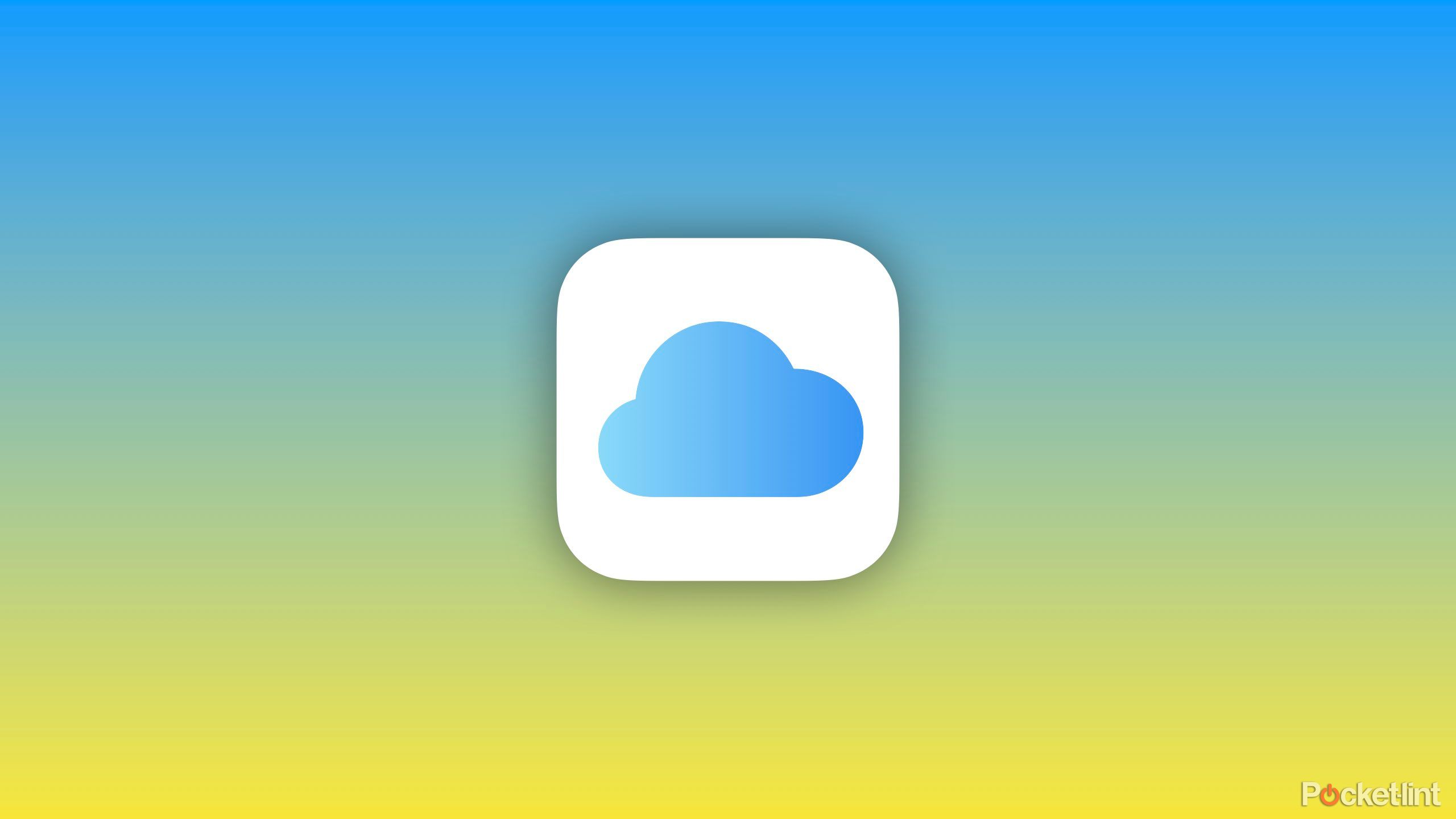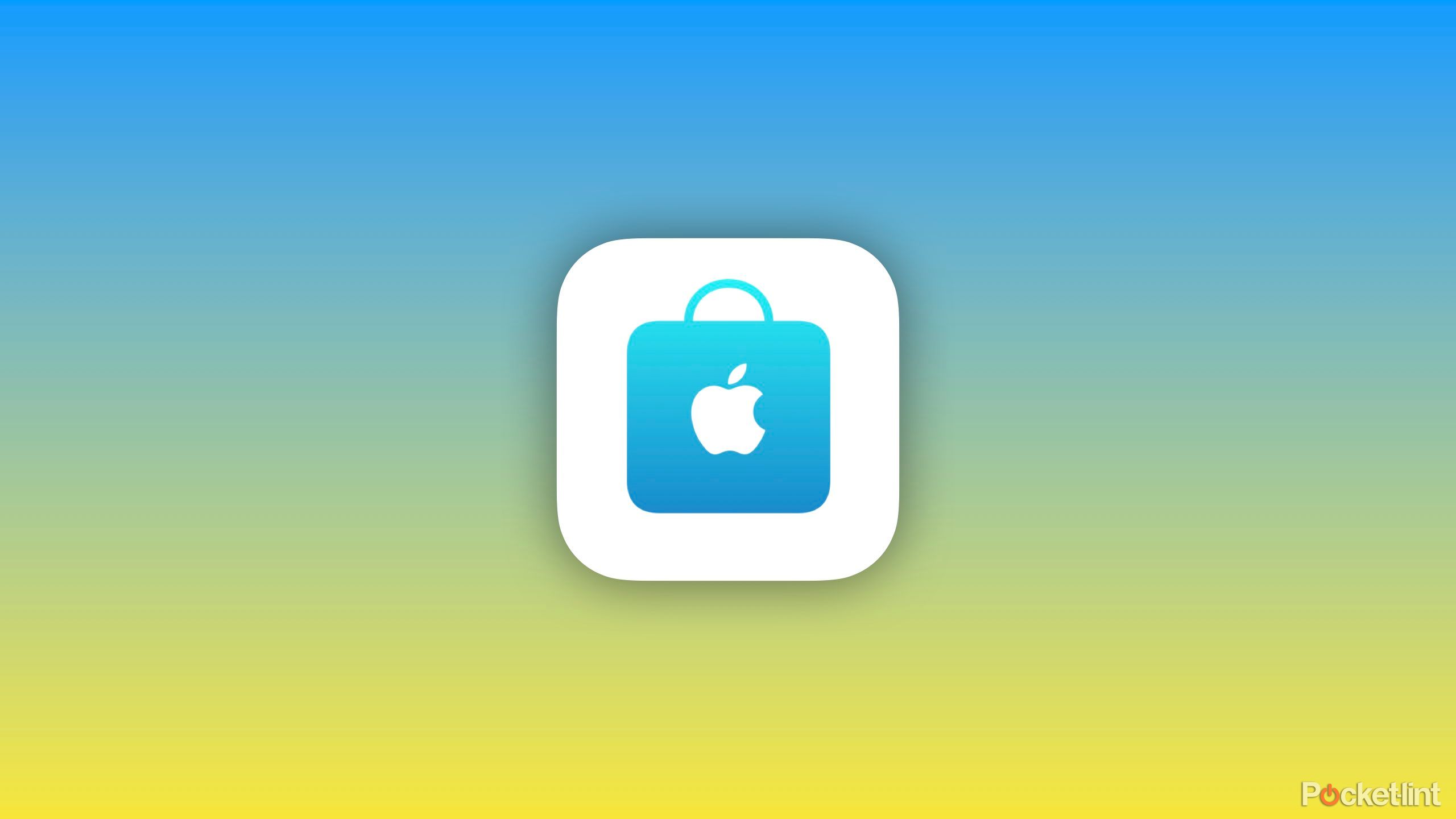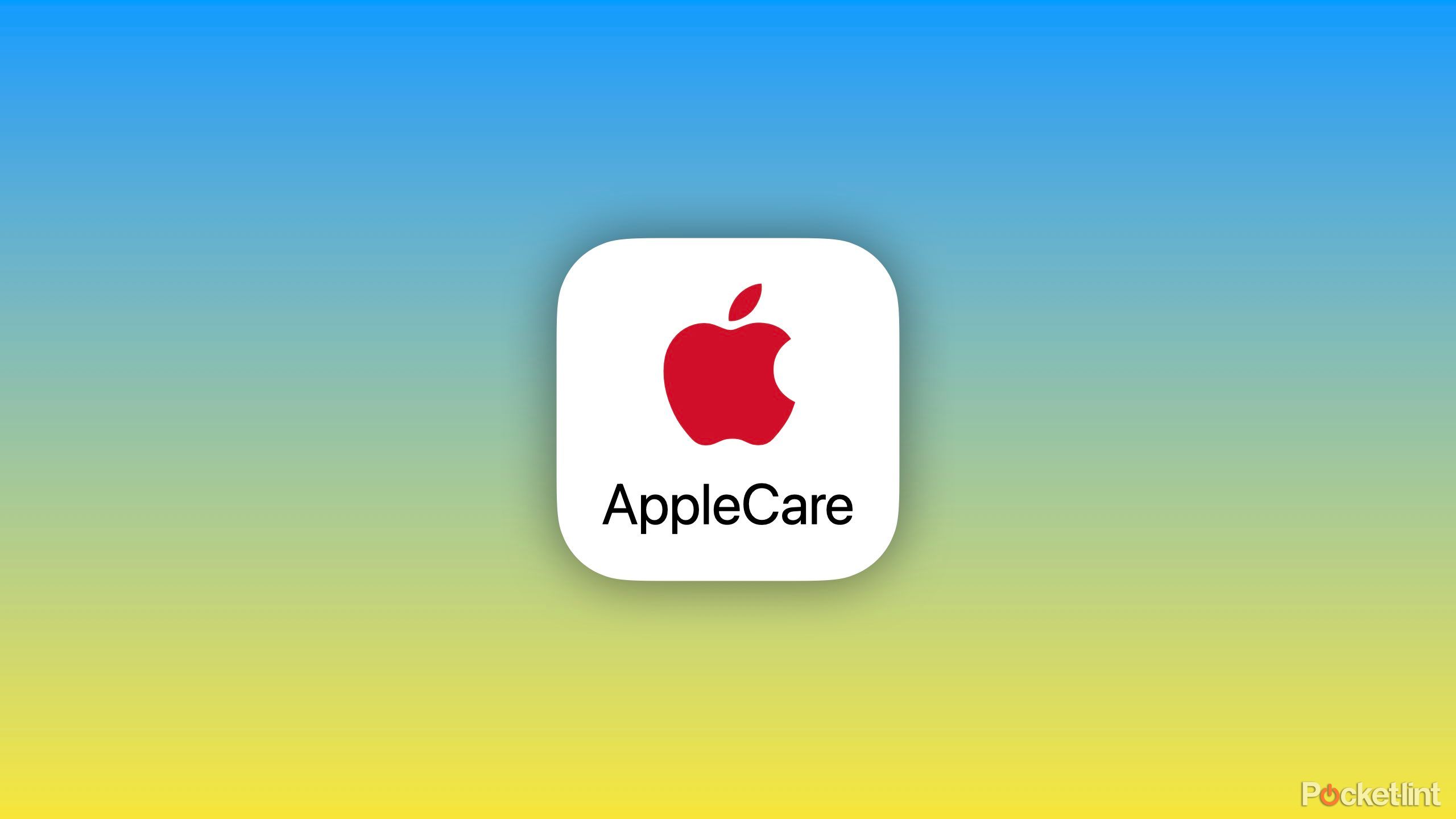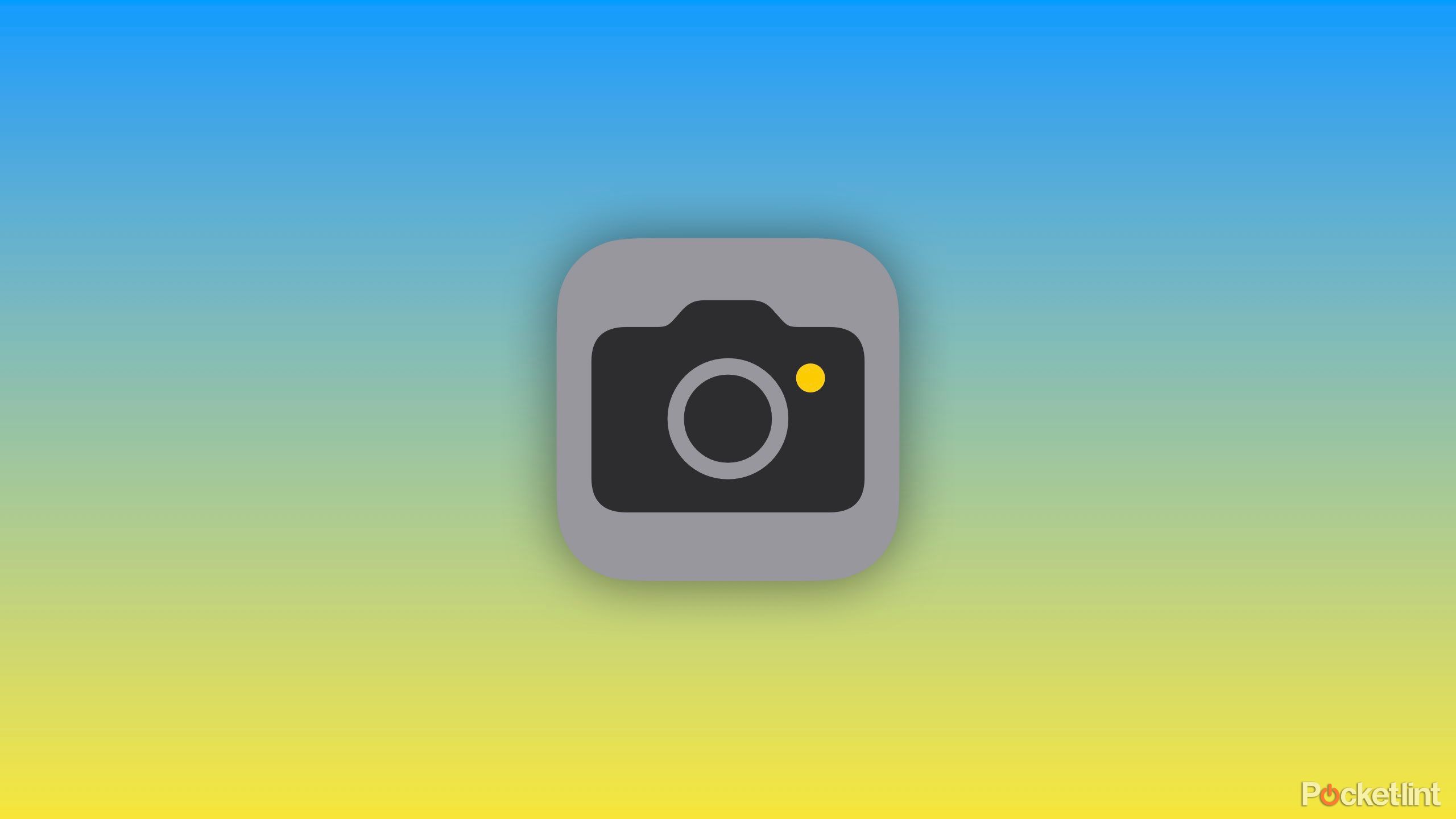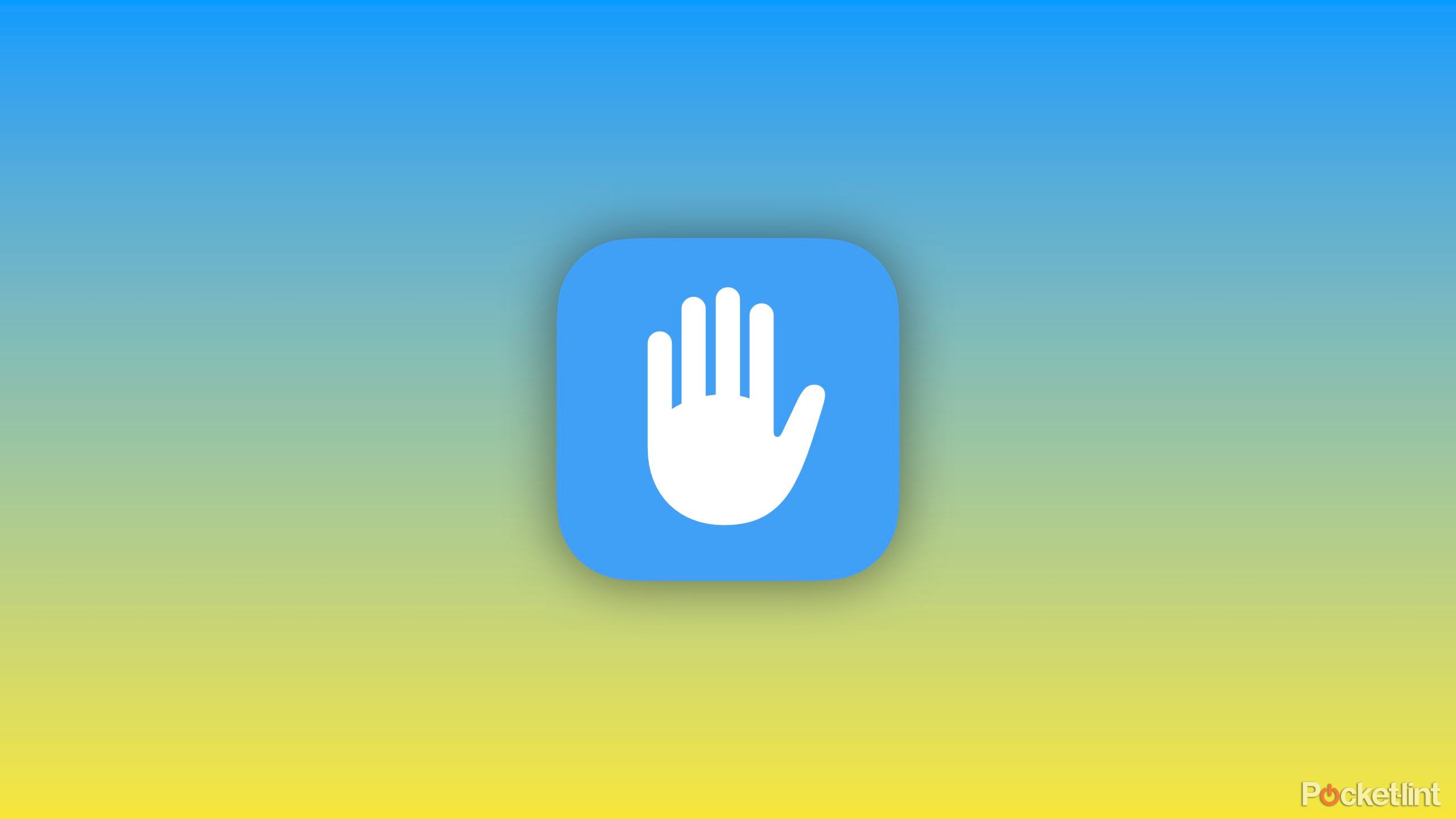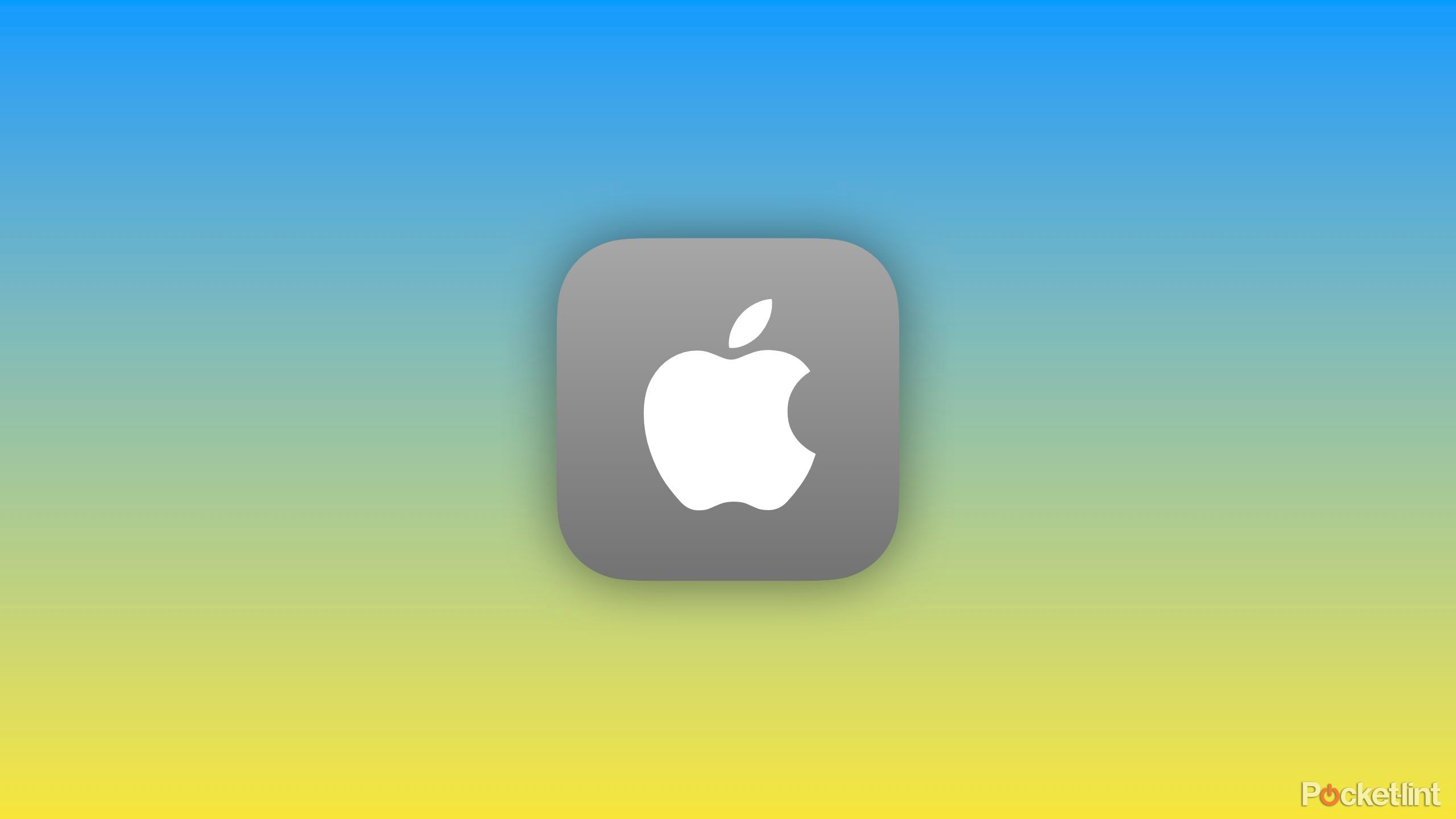Key Takeaways
- iCloud and Continuity give you seamless syncing and copy and paste across devices.
- Apple Store offers a convenient buying and repair experience with expert advice.
- AppleCare+ helps minimize downtime with help with repairs and fast replacements.
I’m a long-time iPhone user. Not as long as the original iPhone. My first smartphone was the iPhone 4S. I was in middle school at the time, so imagine my excitement when I tried out Siri. Hilariously, I’m Canadian, so I didn’t realize at the time that this feature was US-only. Imagine my disappointment when I held down the home button and Siri said, “Sorry, this feature isn’t available in your region yet.” Thanks Tim.
Since the iPhone 4S, I’ve had the iPhone 5, 5S, 6, 6 Plus (don’t ask me why I bought a bigger phone after 3 months), 7 Plus, X (pronounced ten, don’t judge me), XS Max, 11 Pro Max, 12 Pro Max, 13 Pro (yes, I downsized), 14 Pro, and now the 15 Pro. For me, having the latest iPhone is a luxury, but I plan and budget for it every year. I usually give my current phone to my mom and then sell it or trade it in, or keep her current phone as a test device so nothing goes to waste.
Yes, I’m an Apple fanboy, or a sheep, or whatever you want to call me. I love using their products and am lucky to be able to pursue that passion for a job. That said, if you look at the articles I’ve written in the past, you’ll see that I have no problem criticizing the company (e.g., App Store ads). This article is not a sales pitch to “persuade” you to switch from Android or upgrade to a new iPhone. I’m jealous of my girlfriend’s Google Pixel and its awesome “Use Hold for Me” feature, and I’d also like to try a privacy-focused version of Android like GrapheneOS.
Instead, I want to share with you five reasons why I continue to love not just the iPhone but the entire Apple ecosystem, and why I don’t think I’m going anywhere anytime soon.
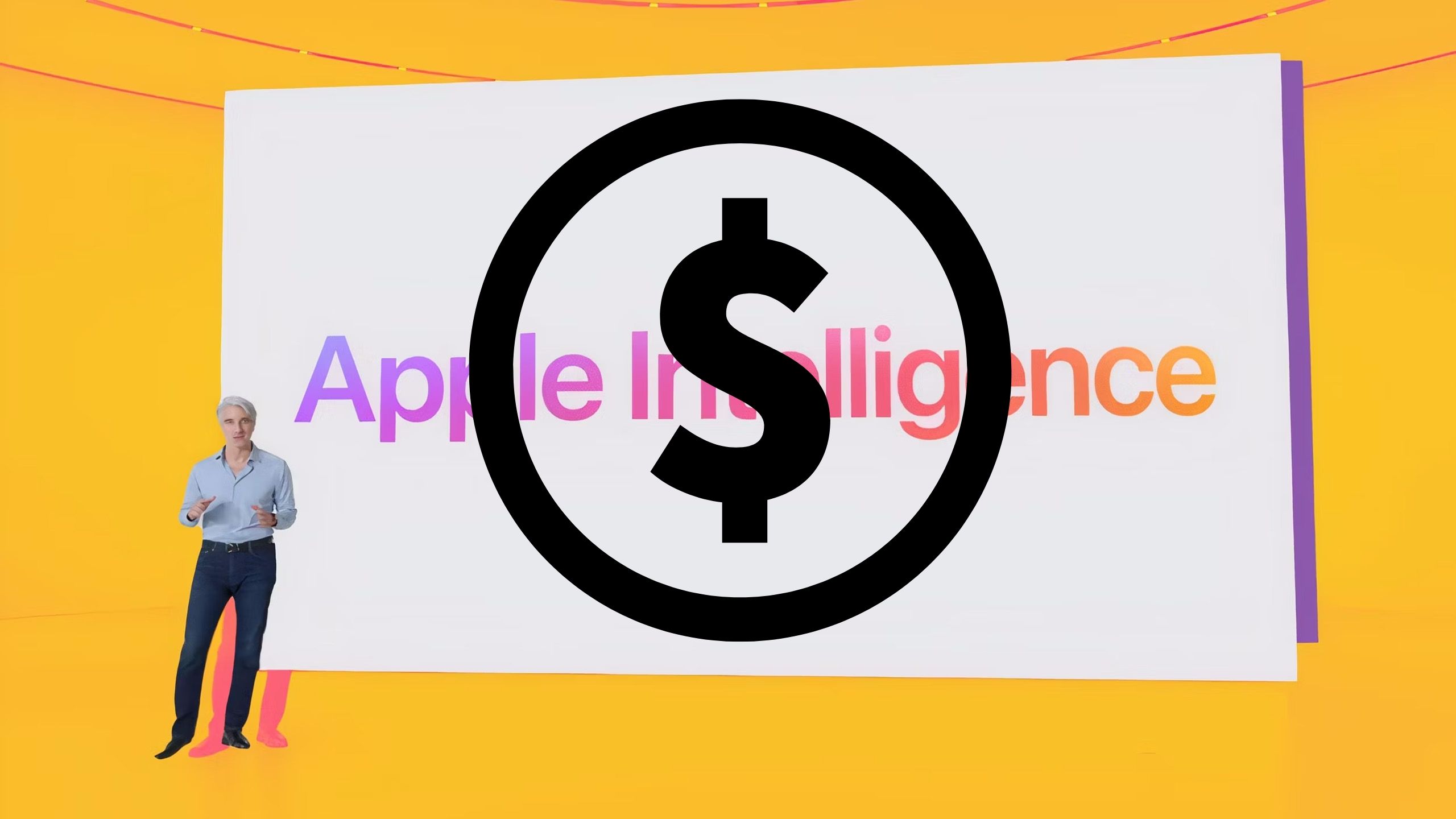
Related
Apple Intelligence features may cost money in the future
Apple may introduce subscriptions for some AI features.
1 iCloud and Continuity
The convenience of the Apple ecosystem
iCloud and Continuity are perfect examples of how Apple’s ecosystem is unlike anything else on the market. Some call it a “walled garden,” but I think it’s useful. With iCloud, your notes, reminders, calendars, and more are synced almost seamlessly across your other Apple devices. I especially love iCloud Drive, which allows me to start writing an idea on my iPhone, flesh it out on my iPad Pro where I can focus, and finish it on my Mac where it’s easy to publish.
Similarly, Continuity makes copy and paste magical, allowing you to copy something on your iPhone and paste it on your Mac or any combination of devices. AirDrop is another valuable feature that speeds up file sharing between devices. Sure, there are some solutions on the market that try to mimic these features on Windows and Android, but they’re not as seamless as iCloud and Continuity. I’m especially excited to see iPhone screen mirroring come to life in iOS 18 and macOS 15, allowing me to access my iPhone wirelessly while respecting privacy.
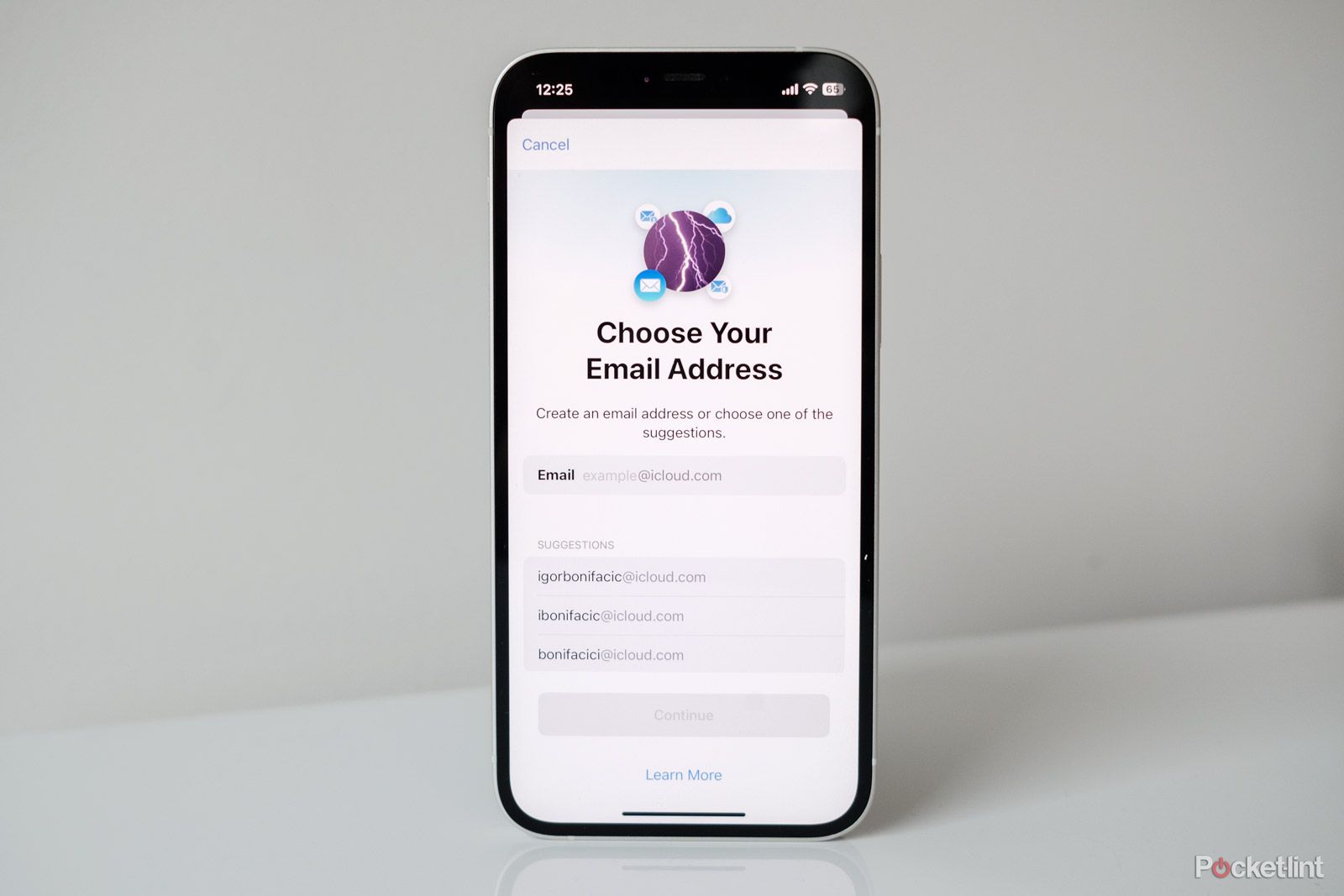
Related
How to create and use an iCloud Mail account
Here’s everything you need to know about Apple’s privacy-focused email service.
2 Apple Store
There are over 500 worldwide
Lately, I’ve been finding the Apple Store experience less appealing. So appealing that I want to write about it. Still, as a former Apple Store employee, I can’t help but walk into an Apple Store and feel the heat in the air. I’ll be the first to admit that I get Apple Store PTSD when I walk in and instinctively confront the products. Still, Apple’s 500+ Apple Stores and thousands of reseller and repair partners create an unparalleled network that makes buying and repair easy.
A few months ago, I went on vacation to Montreal. I was in the area with an Apple Store, so I decided to have lunch and get the broken glass back of my iPhone fixed. Like any regular Apple Store customer, I made an appointment in advance. The fact that I could schedule an appointment through the app and have the repair completed within 2 hours was very appealing, plus the repair progress was tracked and I could take advantage of AppleCare+.
Similarly, the Apple Store shopping experience, while not what it once was, is still a great place to get expert advice and pick up online orders. Sure, it can be confusing meeting the staff and figuring out where to pay, but Apple employees are some of the most knowledgeable salespeople you’ll encounter in an electronics store.
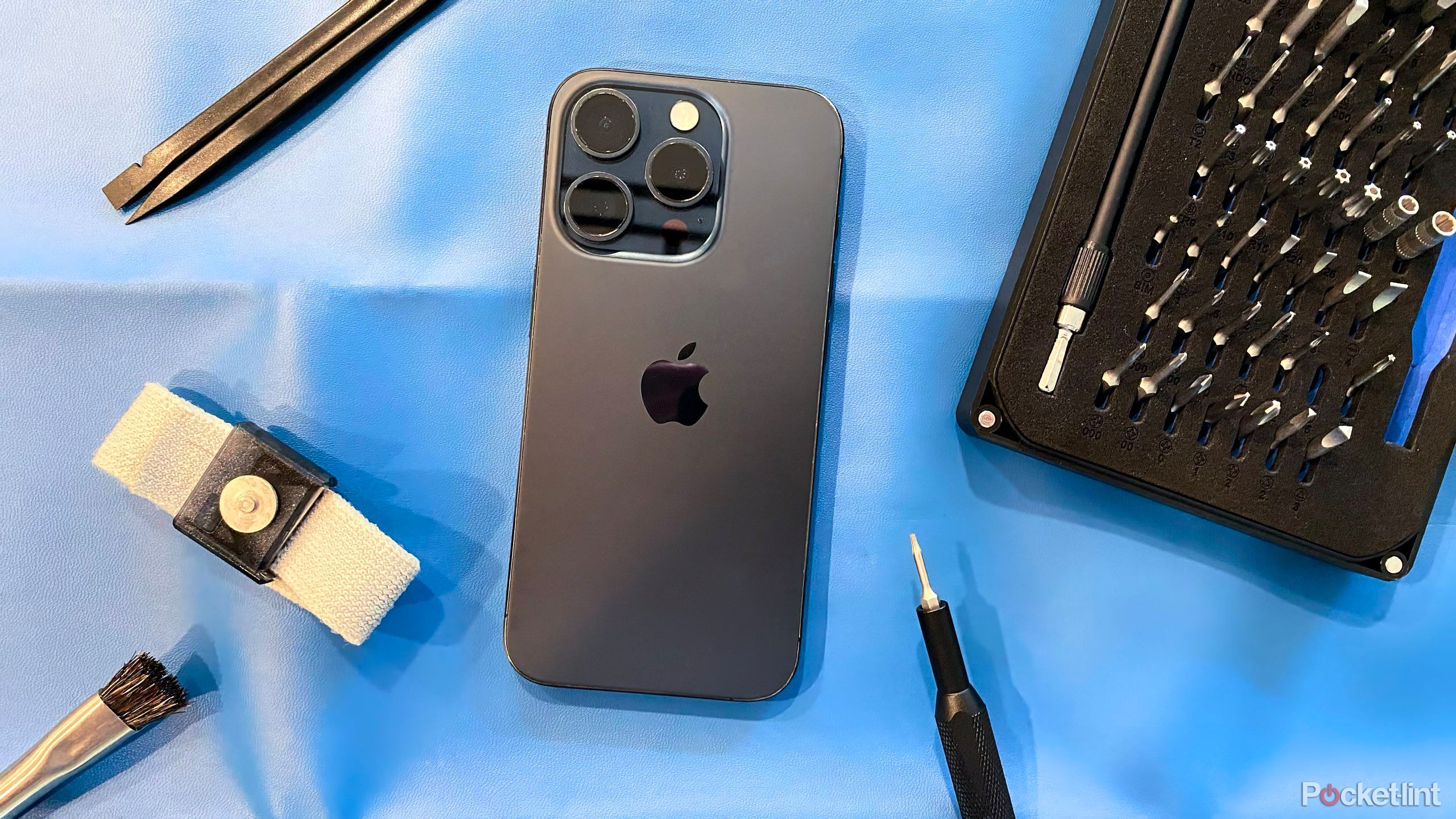
Related
Where is Apple’s self-service repair program available?
Apple’s self-service repair program now spans 33 countries and offers manuals and parts for 42 products.
3 AppleCare+
Rapid replacement is important
Some people consider AppleCare+ a scam. Others consider it a necessity for the Apple buying experience. I don’t buy AppleCare+ for all my products. I’ll bet on the Apple TV and HomePod. Still, all my major expensive devices, like the iPad Pro, iPhone, MacBook, Apple Watch, and soon the Apple Vision Pro, are basically covered by default. Whether you buy AppleCare+ or an extended warranty depends on your risk tolerance. But in addition to repair assistance, one of the reasons I buy AppleCare+ is for the expedited replacement service.
Express Exchange is a service where Apple will send you a replacement device before you return your defective device. To do this, you must call Apple Support to request an exchange and place a hold on your credit card for the cost if you do not return the replacement device. Otherwise, there is no additional charge for this service. Express Exchange is express because the replacement device arrives within 1-2 business days, minimizing downtime. My nearest Apple Store is an hour away, and they don’t always have a replacement cellular iPad or the correct iPhone part in stock. Express Exchange is a convenient way to get a replacement for a defective or damaged device.
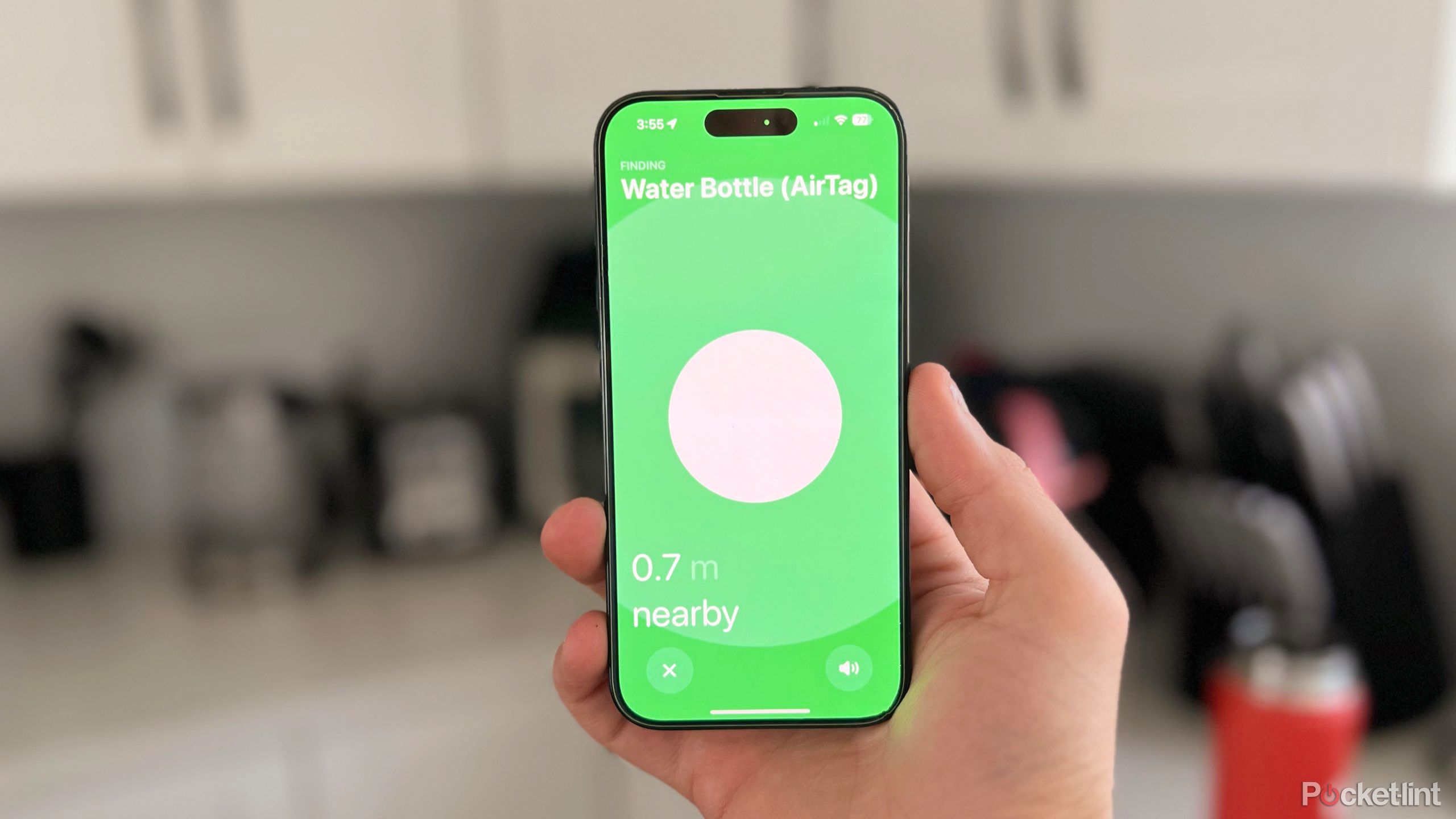
Related
The iPhone’s ultra-wideband chip will do more than you think
Every iPhone from 2019 onwards has a U1 or U2 chip, but have you ever wondered what it does?
Four Video Recording
The iPhone is awesome
I’m not a professional videographer so it’s hard to put into words, but the iPhone is great for videography. There’s endless debate about which device takes better photos, but when it comes to videography, I think there are few competitors. The combination of hardware and software makes the iPhone the industry-leading device for videography. Apple employs hundreds of engineers just on the camera, and the people who work on video are doing the best job. The simplicity of just picking up your iPhone and being able to record great video without any fuss is why the device is so highly rated for videography. Sure, for those who want that level of control, there are a ton of third-party apps in the App Store, which is great. But for most users, Apple has set you in the right direction for great videography. No extra setup required.

Related
Best Camera Deals: Save on the Best Models
Capture stunning portraits, action shots, cinematic videos and more at discounted prices.
Five privacy
What happens on your iPhone stays on your iPhone
Privacy and security are areas where Apple is trying to differentiate itself from Android and Windows. Android and Windows are not insecure OSes, but the nature of iOS, a closed-source OS with a focus on privacy and no sideloading of apps, helps the iPhone’s image. Compared to Windows, the iPhone has no ads, and unlike Android, Apple does its best to limit data collection and handle tasks on the device instead of in the cloud. The iPhone is perfect. It does collect data, but this self-imposed limiting approach is one of the reasons why Siri isn’t as good as Google Assistant, but it is much more reliable.
Permission prompts and location sharing are another example of this. Most location apps are shady and either charge a fee or sell user data. Sometimes both. Apple, on the other hand, has a feature called Find My that allows friends and family to share their location without Apple seeing the data. Privacy permission prompts may be annoying, but they are a valuable gatekeeping service to prevent malicious apps from getting hold of your data. Apple also has Advanced Data Protection, which applies end-to-end encryption to your iCloud data. This means that the search giant can see all your files, a feature that Google doesn’t offer as far as I know. These are just some of the ways that the iPhone serves as a more privacy-friendly alternative to Android devices.
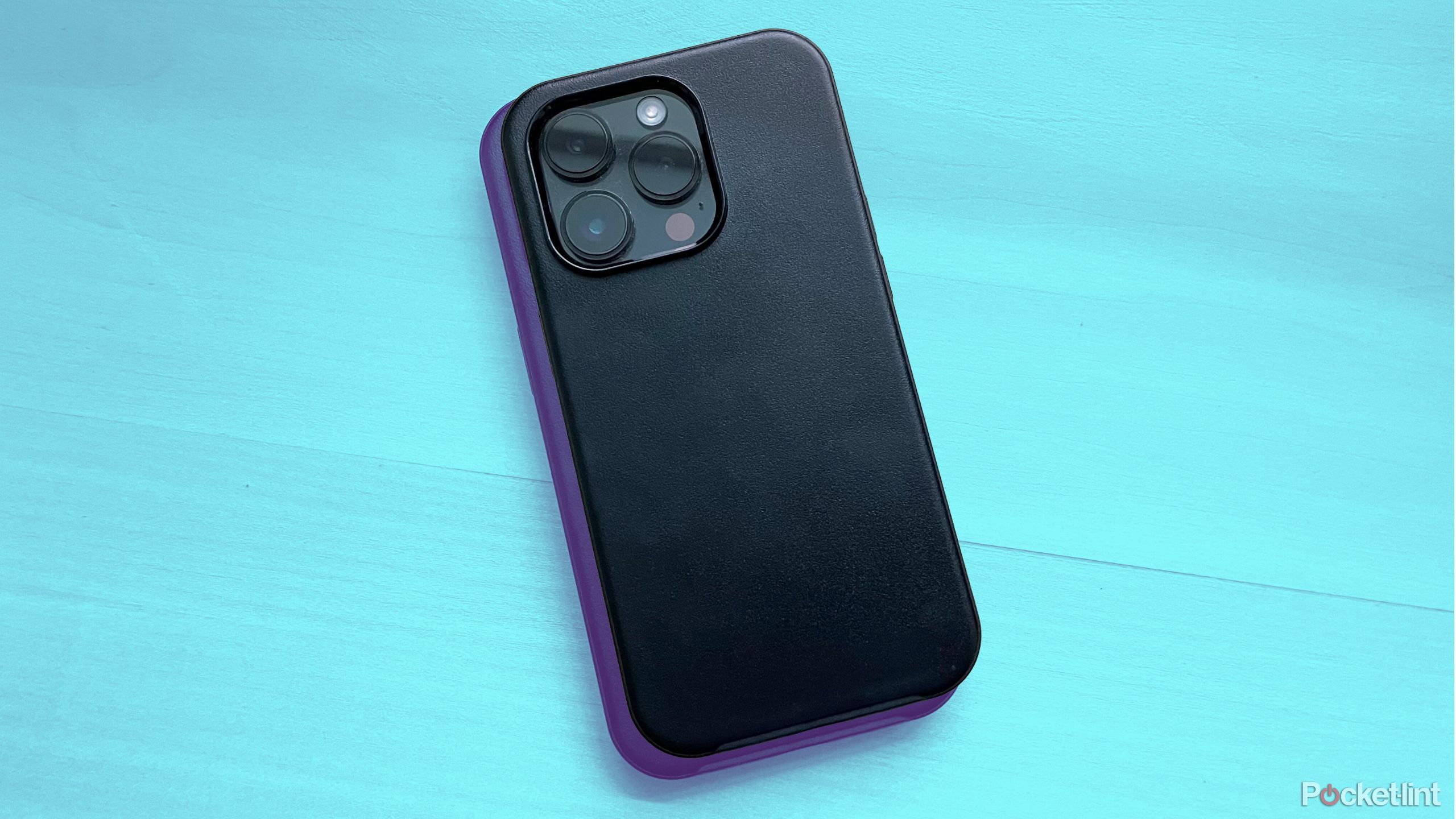
Related
5 reasons to use a smartphone case
Smartphones are expensive and an investment, and one of the best ways to protect your phone is with a case.
6 design
Apple remains the king of design
Pocket Lint
Say what you want about Apple, but one thing is true: the company can design great products. I’m not just talking about hardware, I’m talking about software. I’ll admit that the service is a bit dodgy. But the whole experience, from the unboxing experience to the materials of the device to iOS to the apps running on it, is unparalleled. Competitors like Google and Samsung keep trying to copy Apple’s design language. You can’t blame them for doing so. But even with better hardware, Samsung’s Android is bloated. Or even a clean install of Google’s Android leaves you with worse apps. Apple isn’t perfect. I’ll be the first to admit that. Still, despite Jony Ive’s departure, the company’s design team continues to be a beacon and a philosophy of high-quality design. The feeling of luxury when you hold an iPhone in your hands is something you’ll never forget.
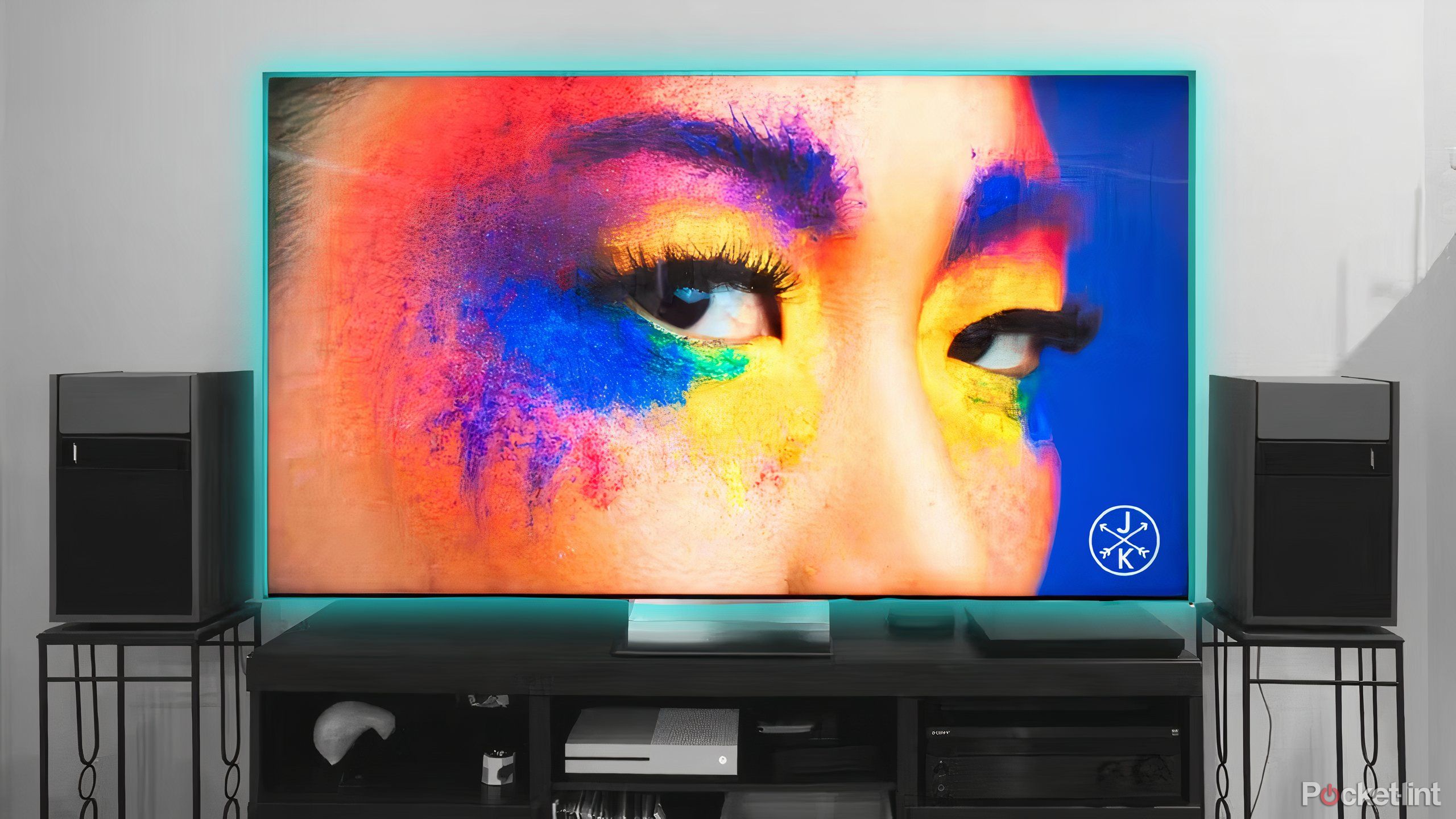
Related
Are you watching TV? Or is TV watching you? How to find and protect your privacy
The list of TVs with cameras might surprise you…


